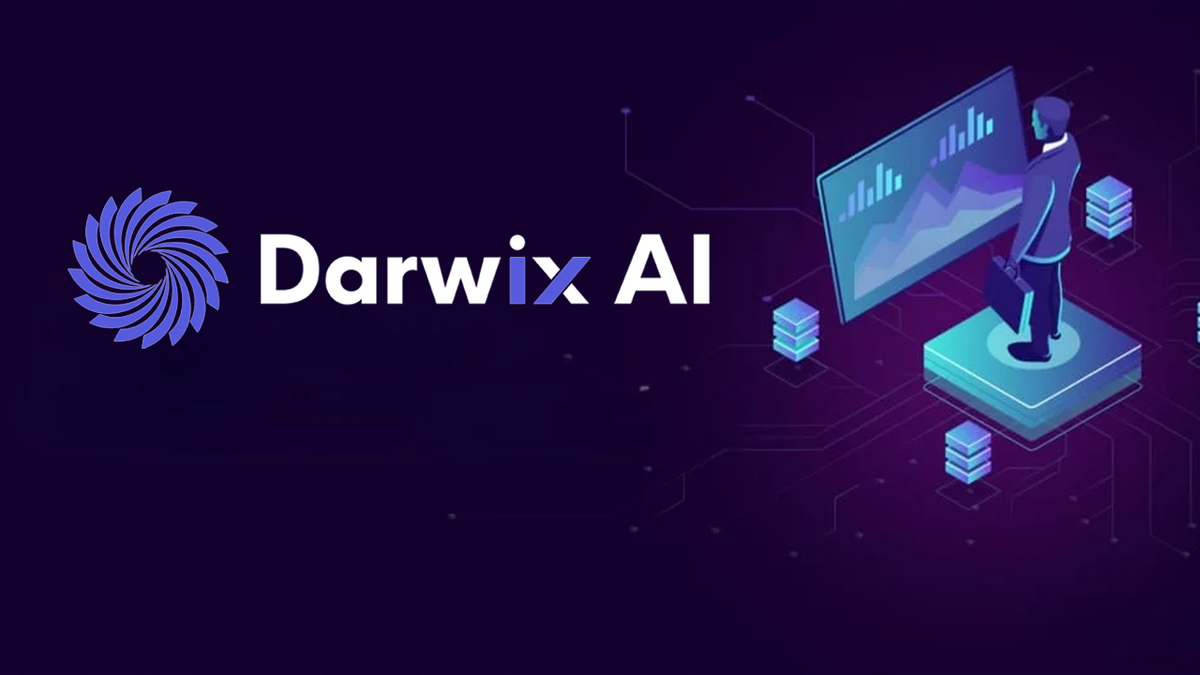Highlights
OpenAI ChatGPT Enhances Creativity with New Visual Capabilities
OpenAI ChatGPT has undergone a remarkable transformation from a text-only chatbot to a robust visual tool, capable of producing stunning images and animations from straightforward text descriptions. This innovative feature, driven by OpenAI’s DALL·E model and integrated animation capabilities, is set to transform the way creators, educators, marketers, and developers engage with their projects.
Users can now visualise vibrant cityscapes, cutting-edge gadgets, or dynamic animated scenes which can be created in just moments. This advancement allows individuals to transcend words, rapidly turning their concepts into visual representations.
Key Features of the Update
The latest enhancement from OpenAI integrates image and animation production tools directly within the ChatGPT interface. By harnessing the advanced DALL·E model, users can articulate detailed scenes and receive high-quality, AI-generated images or short animations.
This groundbreaking update grants access to advanced design capabilities, facilitating new creative workflows across multiple sectors including advertising, education, filmmaking, and graphic design.
Impact of This Innovation
The capability of generating visuals from text has the potential to transform creative methodologies and reduce obstacles for those lacking professional design expertise. Content creators can develop storyboards swiftly, marketers can create promotional graphics instantly, and educators can augment learning resources with customised visuals.
Advantages of This Feature
- Rapid Visual Production: Users can craft high-quality graphics and animations in seconds, significantly enhancing efficiency.
- No Need for Design Software: The simplicity of the system enables individuals without design training to create visuals effortlessly.
- Encouragement for Content Creators and Educators: The tool promotes creative experimentation, offering innovative means to express ideas.
Challenges and Considerations
Although this development has generated enthusiasm, it also raises ethical and practical issues. Concerns regarding potential job displacement in creative fields, misuse for creating deepfake content, and ongoing discussions about originality and intellectual property rights have emerged.
The availability of such technologies highlights an urgent need for ethical guidelines and regulations to prevent misuse while fostering responsible innovation.
Future Directions
The integration of visual functionality into OpenAI ChatGPT is anticipated to encourage broader acceptance within classrooms, studios, marketing firms, and more. Experts believe this will lead to a future where AI acts as a creative partner rather than just a tool, emphasising the significance of collaboration between humans and AI.
As advancements in AI continue, the distinction between human creativity and machine intelligence will become increasingly indistinct. How society decides to utilise this potential will shape whether it leads to a creative breakthrough or a disruptive challenge.
Currently, the new capabilities of ChatGPT are here, redefining creativity as it is understood today.







